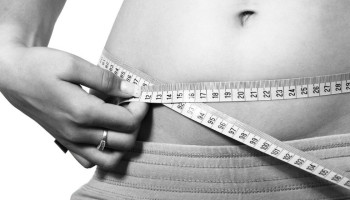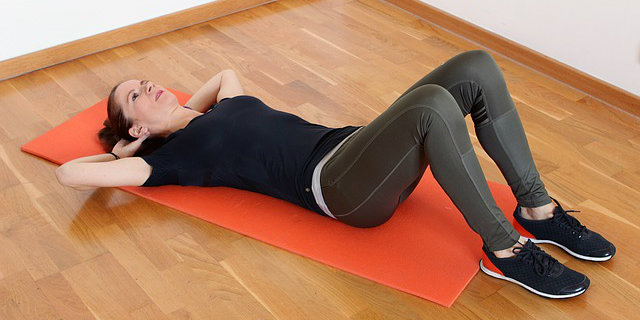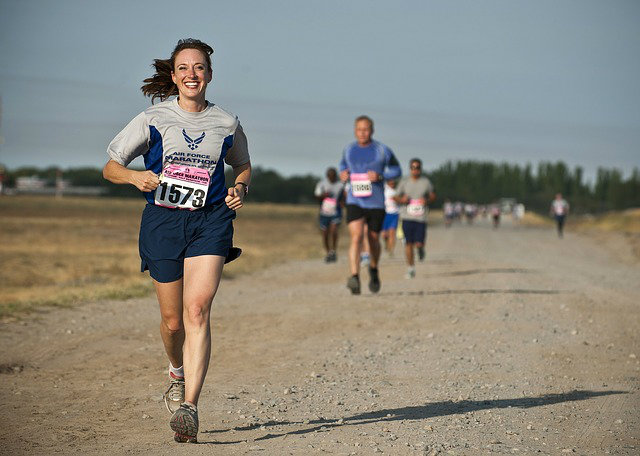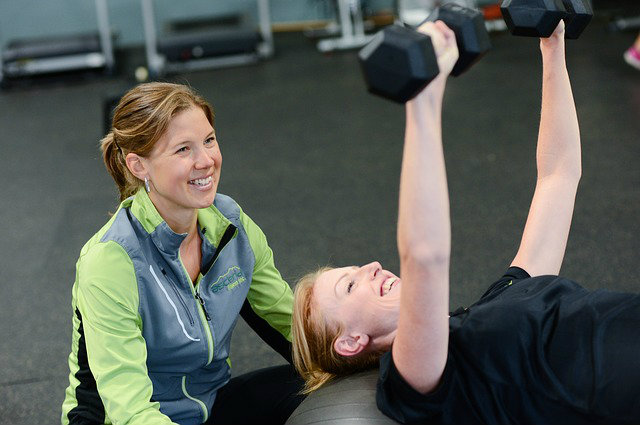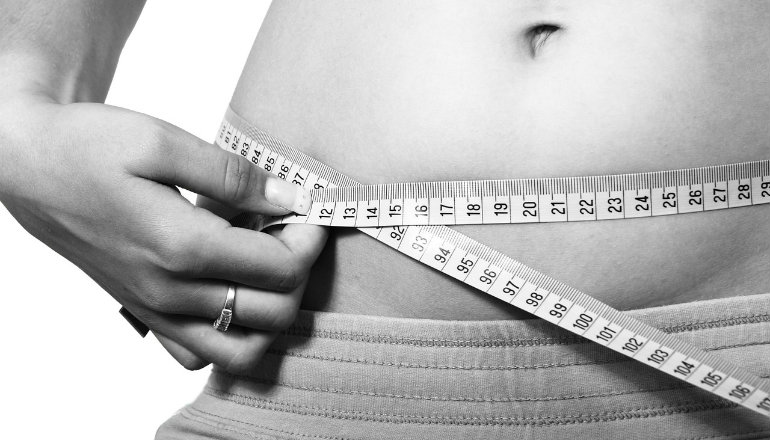 Reading Time: 6 minutes
Reading Time: 6 minutesIn my sixteen years in fitness, I have been asked one training question more than any other. “What is the best core exercise?” But that inquiry is a smokescreen for the real question people want to ask, which is “How can I have a smaller, leaner, and/or more defined midsection?”
Of course, many people asking this question already know the answer — they just don’t like it. Everyone has heard the old adage “you are what you eat.” I’d also add that you are when and how you eat. The hard truth to the question of getting that six-pack is that it’s all about food. But it’s a truth many reject.
Still, regardless of opinion, the bottom line is how your body looks is almost all a function of your genetic construct as well as your physiological and emotional relationship with food. Studies show that traditional core exercises have no effect on helping with a smaller and more defined waistline.
Yet, the core conditioning myth is pervasive and popular for no other reason than fancy marketing tactics and the public’s insatiable appetite for such convenient answers. The truth is that core conditioning does actually work, just not in the way you wish. Crunches, sit-ups, and leg lifts can definitely make you stronger, but not necessarily leaner.
We have been bombarded with messages that may sound convenient, but are not accurate. Who doesn’t want “five-minute” abs? So here are five real truths about those abs — and the skinny on getting a leaner and flatter midsection.
1. Spot Reduction Is a Myth
A 1971 study at the University of California, Irvine was one of the first to look at the concept of spot reduction, or training a specific group of musculature as a means reducing fat in that general area. The assumption was that athletes like tennis players (who use one predominant arm in their sport) would have different levels of fat on one arm versus the other.
While such an assumption may sound reasonable, it turns out to be scientifically false. Subsequent studies have corroborated the 1971 findings confirming the human body simply doesn’t melt fat in one area no matter how hard you work the musculature in that region.
The takeaway: Core work like crunches and sit-ups will not help you achieve a trimmer waistline — period.
2. Running Takes the Cake
My short answer in terms of an exercise modality that helps with getting leaner and more defined is running. People tend to hate that answer. Running is hard. Really hard. But running is also a calorie-consuming king. In looking at the top exercises when it comes to calories burned per hour, running nears the top of the list right along grueling cousins like boxing and cross country skiing uphill.
Running is as efficient as it gets in terms of calorie consumption. According to the science, almost nothing else comes close. For instance, running at an 8 minute-per-mile pace for a 155lb individual will burn 880 calories per hour. Compare that with light calisthenics (like core work), which burns a mere 246 calories per hour.
The takeaway: You don’t tend to see a lot of heavy runners and with good reason.
3. HIIT Is Another Great Way to Burn Calories
Like running, high-intensity interval training (HIIT) is often grueling. When you exercise your body above 85% of your max heart rate, you are training without oxygen and doing anything without oxygen tends to be uncomfortable.
But not only is HIIT an efficient way to burn calories during your hour of exercise, the magic of anaerobic training is you also burn excess calories at rest. This concept is called excess post-exercise oxygen consumption or EPOC, and the results of this after-burn effect are impressive. In a widely touted study in the Journal of Metabolism, one group of exercisers participated in a HIIT program for fifteen weeks while another group performed a steady-state cardio program for twenty weeks. The fifteen-week group lost significantly more body fat despite burning far fewer calories during their sessions.
The takeaway: Intense exercise like HIIT, heavy weight lifting, and running are superior modalities for getting leaner.
4. It Starts and Ends With Nutrition
You simply cannot out-exercise a bad diet. To start with, watch out for empty calories (i.e. sugar). This means you should avoid anything that has no nutritional value whatsoever (soda, hard candy, flavored drinks, etc.). Sugar-laden packaged and processed foods may say “fat free” on the label, but sugar is metabolized in the body as fat.
Also, skip the foods that will bloat you and make you look heavier than you are. Dairy and high-sodium items can both cause bloating and cause you to hold extra water weight.
The takeaway: To stay get and stay lean, focus on foods with higher protein and fiber. Eat things like nuts, quinoa, eggs, and lean meats. And don’t forget your veggies!
5. Stress Levels Matter
Simply put, the stress hormone cortisol can cause extra fat storage in the abdomen. Exercise is of course one of the best stress relievers, but even more important than the body when it comes to stress is the mind. Finding a mindfulness practice whether its yoga, qi gong, mediation, or prayer will help you to keep stress at bay. Oh, and don’t forget to sleep seven to eight hours each night.
The takeaway: A smaller, leaner midsection comes with a smaller, leaner amount of stress in your life.
The Truth Will Set You (and Your Belly) Free
In a nutshell, the important facts to remember are:
- You are right to desire that flat midsection, and not just for the aesthetics. Extra belly fat is associated with a higher risk of heart disease, stroke, and diabetes. But crunches aren’t going to get the job done.
- Crunches, magic creams, and supplements will never give you that toned midsection, no matter how much you wish they could.
- Your best bet is to highly scrutinize your diet and cut out the empty calories.
- Running is hard, but worth the effort when it comes getting leaner.
- Intense anaerobic activities like jumping, heavy weight lifting, and plyometric exercises (think of burpees) will help you burn more calories while exercising as well as while you rest.
The final word on core training is this — do a core routine to get stronger, not leaner. Assuming your goal is to support and improve your lifestyle, sport, or fitness regimen, core work makes sense. Assuming your goal is a flatter and more defined midsection, skip the crunches and focus on food and the right types of exercise.
